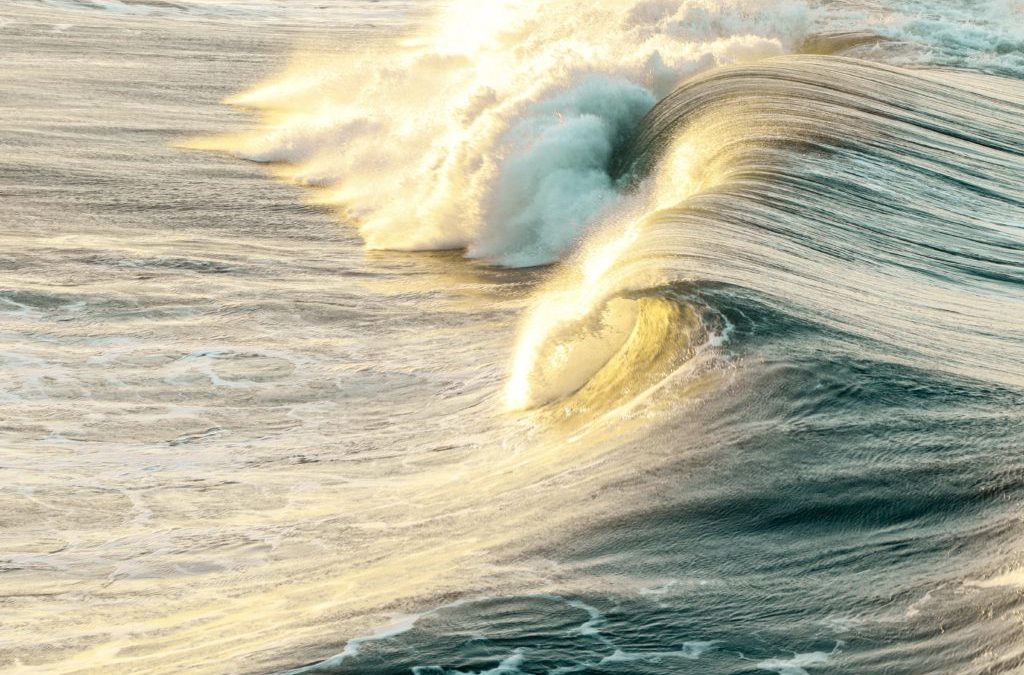Yet again, it is sneaker wave season on the Oregon Coast. Remaining safe during these treacherous natural occurrences isn’t always easy. As the name suggests, you can’t necessarily prepare yourself.
The last recorded person in Oregon to fall victim to one of these waves was in 2017. The incident was one of a somewhat infrequent series of sneaker wave injuries in Oregon. It illustrates the alarming strength of the Pacific Ocean and the need for those near the ocean to stay alert.
What Is a Sneaker Wave?
Also referred to as king waves and sleeper waves, sneaker waves are surprisingly larger. They roll up much farther on the beach than regular ones. A sneaker wave appears without warning and can be dramatically impressive and devastatingly powerful.
Sneaker waves are named so because they come with no warning after periods of smaller waves. The approximate time between large waves is 15 to 30 minutes. Unsuspecting swimmers can be carried further out into the ocean from sneaker waves. Individuals walking on jetties, standing on rocky outcroppings, or walking on the beach can easily be swept into the water.
The Science Behind It
Little is known about the formation of sneaker waves. Generally, they form by numerous waves uniting and overlapping to make a single wave that crests higher and goes much farther ashore than usual. Additionally, their rogue quality makes them very difficult to predict.
Waves primarily flow in cycles. These cycles can be examined and forecasted. Fishers, surfers, and others spending a significant amount of time near the ocean can become proficient at predicting these wave patterns. They become aware of large waves and predicted lulls. However, recognizing the chief wave pattern is not a guaranteed safeguard from a sneaker wave.
Even though there’s no definite time of year for sneaker waves, charting critical incidents along the Oregon Coast reveals a general seasonal trend. Since 1990, many sneaker wave occurrences have happened between April and October, but seem to peak in October and November.
Safety Tips
Unexpected surges of water can surprise even attentive beachgoers, pulling people into the water, or moving huge pieces of wood on top of them. This is why sneaker waves can be so dangerous. Staying safe demands becoming intentionally aware and taking precautionary measures. Here are some tips about sneaker waves and how to be safe.
The most convenient way to remain safe is an ancient beach proverb: “Never turn your back on the ocean.” While walking, playing, or standing near the shoreline, stay alert and pay attention to the water. If the water comes up abruptly, go inland immediately. Also, stay away from big logs, limbs, or anything else that can roll or fall on top of you.
Additionally, be aware that sitting on a log near the water can be very dangerous when a sneaker wave occurs. Logs can be moved as the wave approaches and retreats. Keep a vigilant eye on the water when you are resting on, or near large pieces of driftwood. Even though the logs appear colossal, in a blink of an eye, and with only a few inches of moving water, they can float and their movement can either injure or trap an individual.
Talk to Us
When the waters and shorelines are too dangerous, talk to us to find out other fun activities that will allow you to enjoy the Florence, Oregon area. Besides offering comfortable, stylish rooms, we are close to many restaurants, art galleries, and antique shops. Contact us today to learn more or to book a room!

